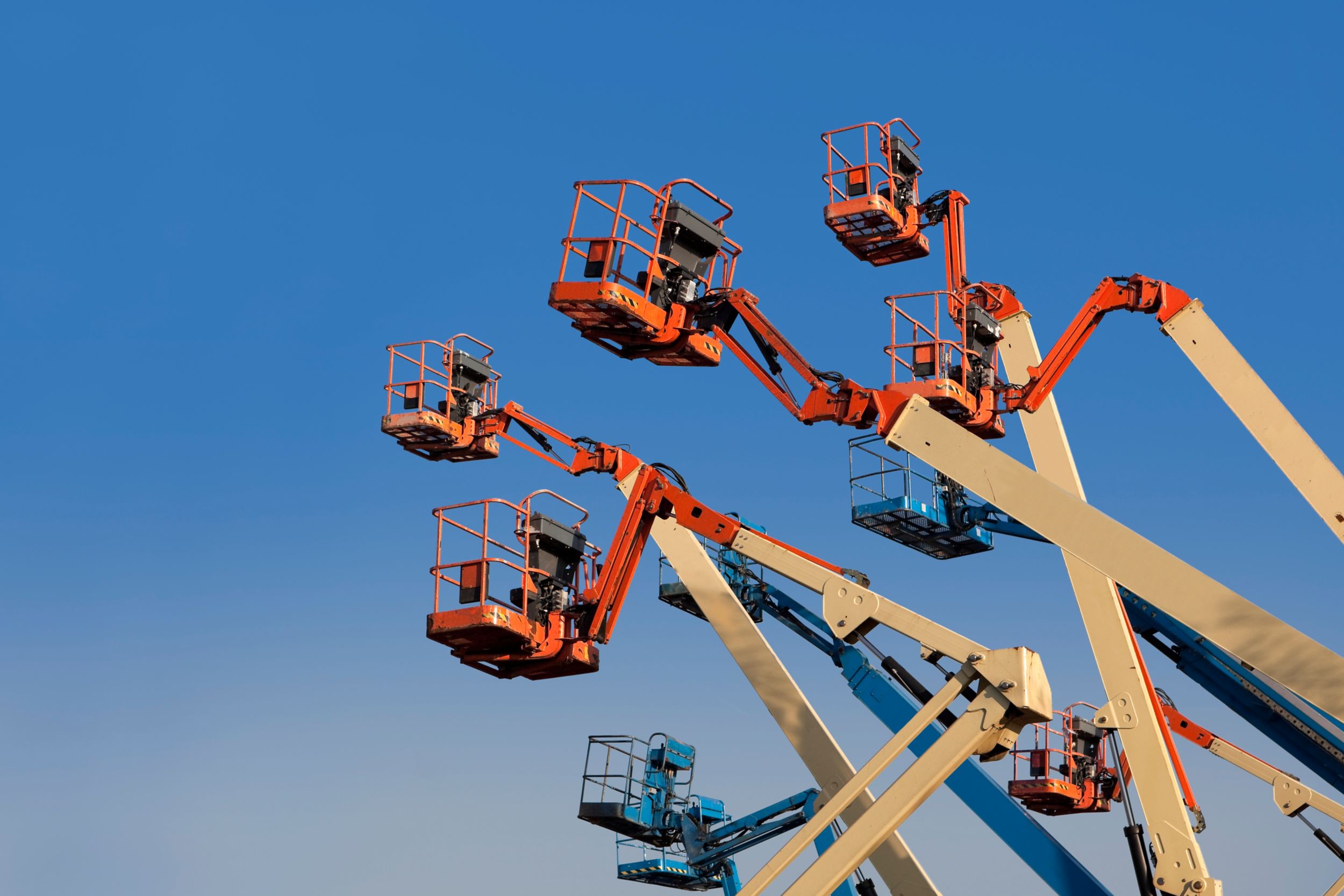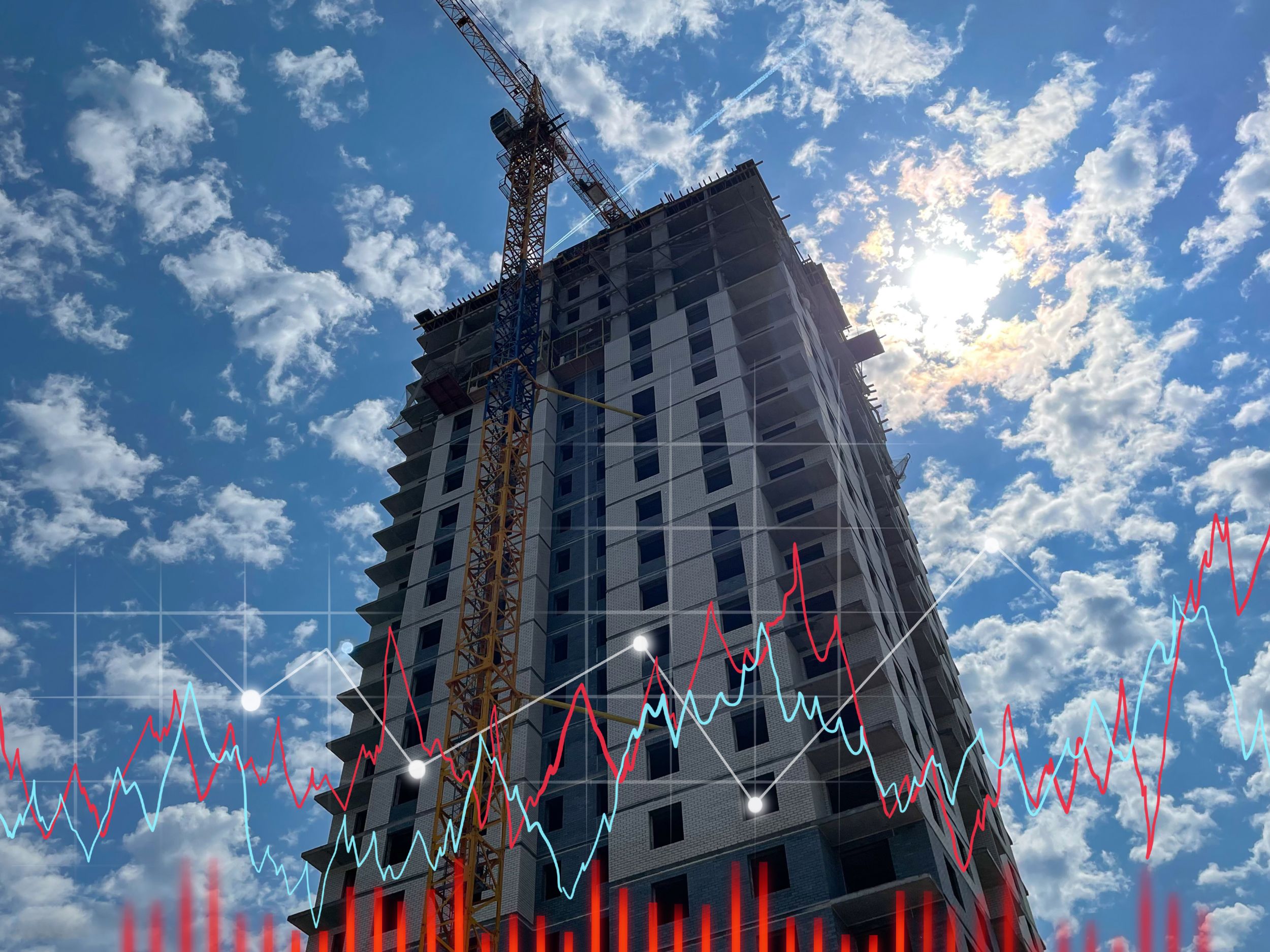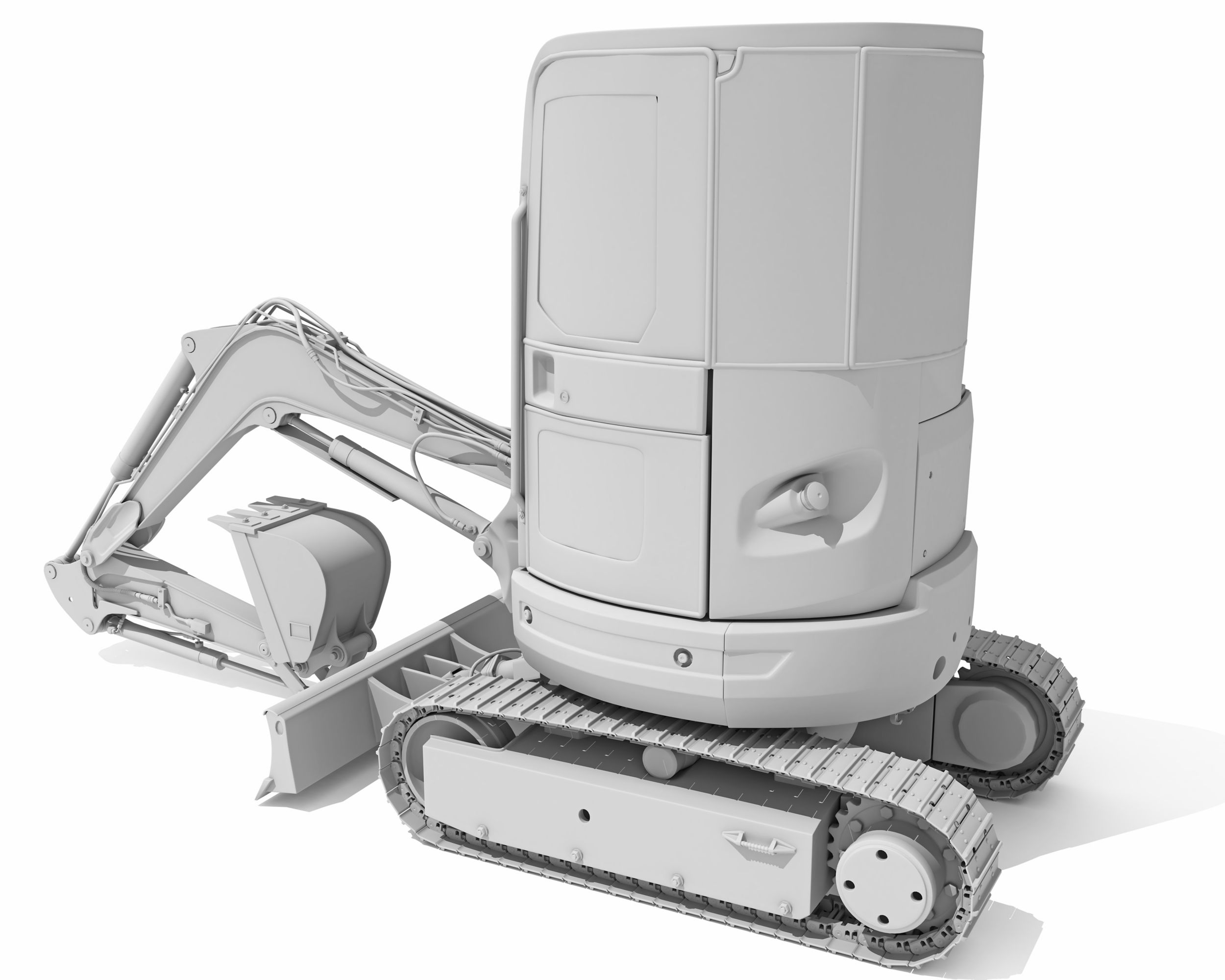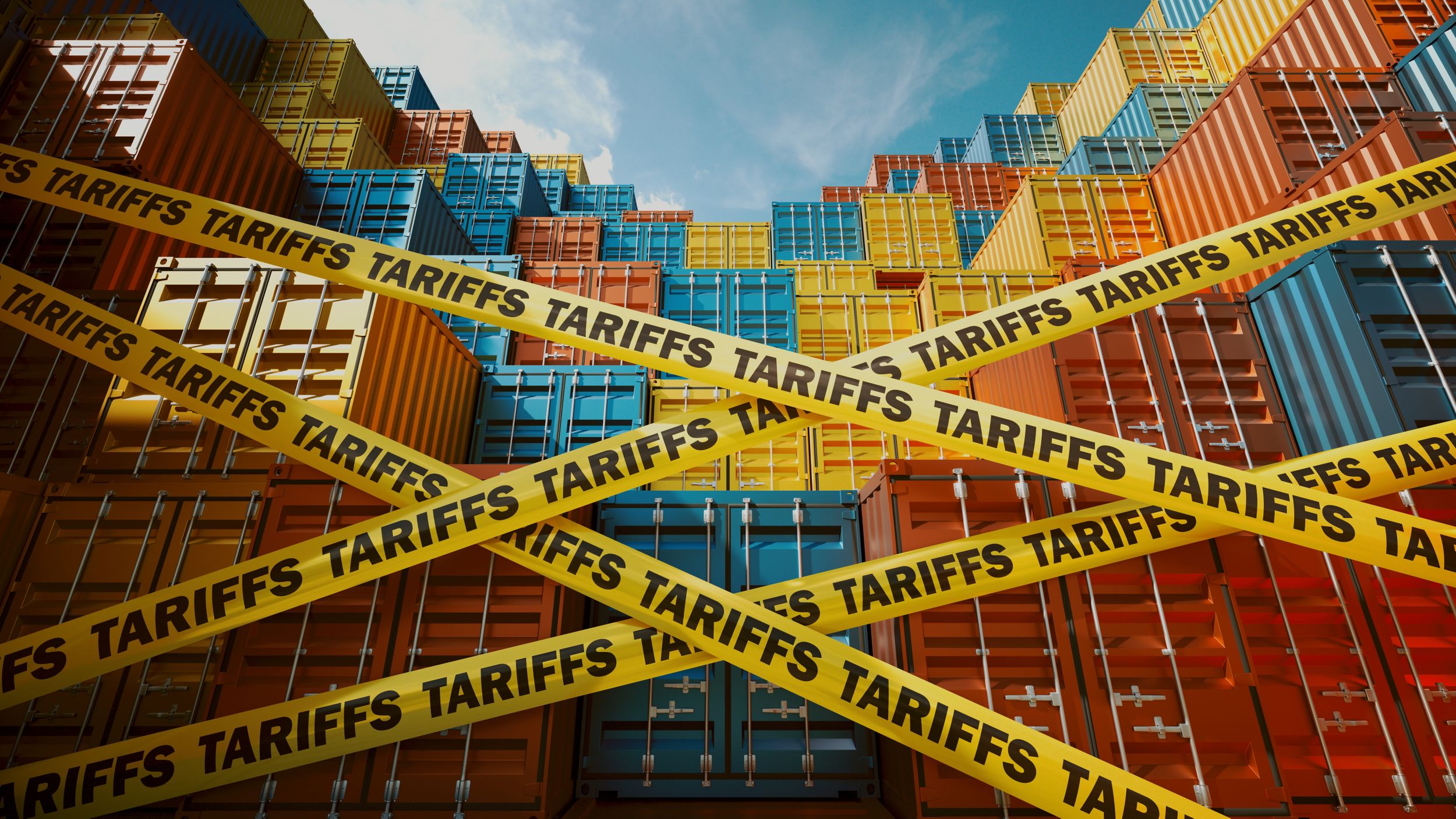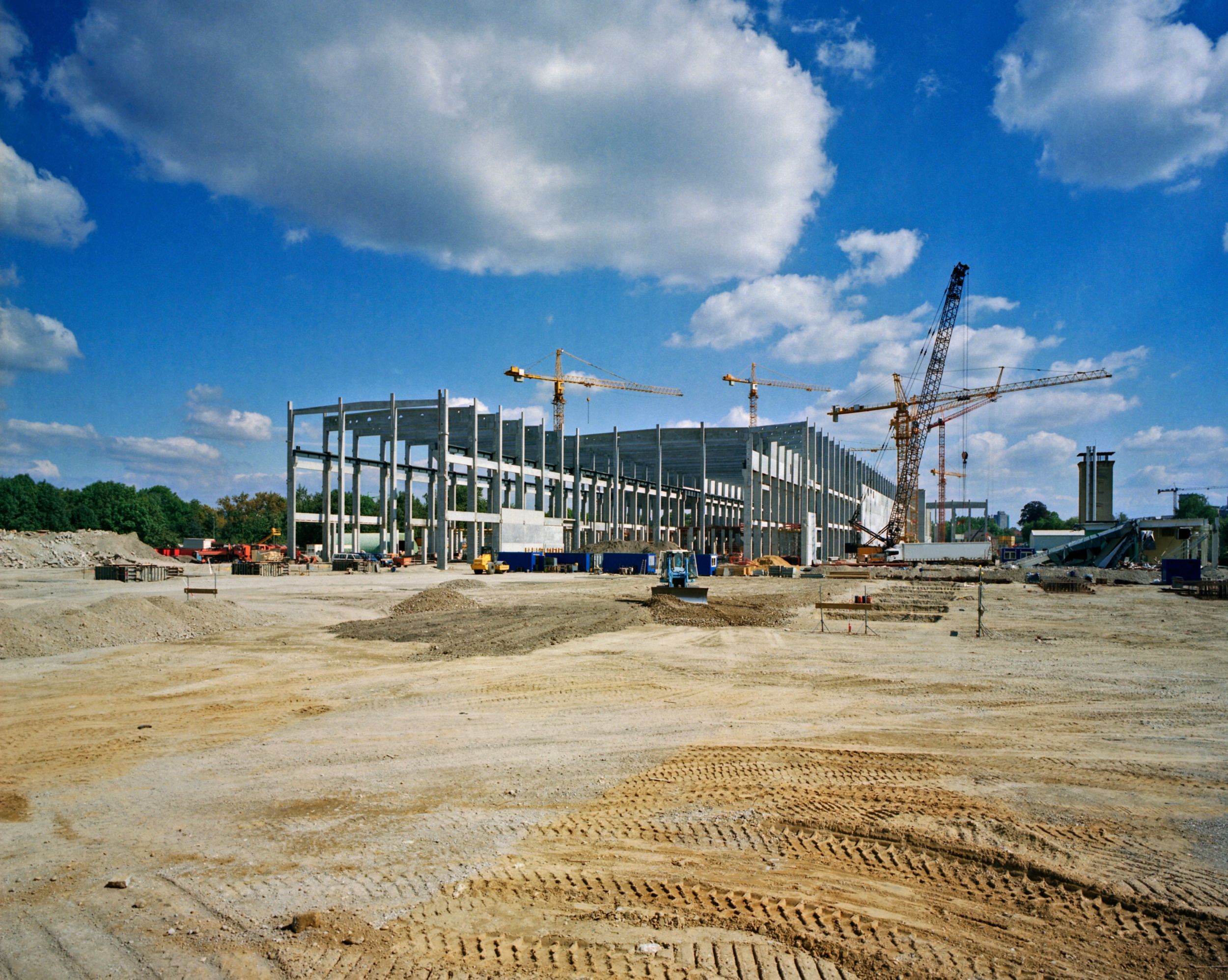Given the ubiquity of concrete as a construction material, cutting its carbon footprint can make a major contribution to the industry’s sustainability efforts. One way it can be done is by using pre-cast concrete walls and floors instead of pouring them in situ, according to a recent article in Construction Europe magazine.
This simple change could reduce the CO2 footprint of a concrete building by 25 percent. The difference comes from the process control and efficiency possible in a dedicated precast facility as compared to conventional in situ methods.
Advantages cited include the hollow cores in a precast slab cutting cement usage by a third, reduction in the amount of rebar required and potentially smaller foundations due to the lighter slabs. On-site dust reduction, reduced water usage, and even long term reductions in heating and cooling costs are also possible according to the article.
The primary impediment cited is higher initial cost compared to in situ methods. But, even that proves to be inaccurate when all factors, including environmental impacts, are taken into consideration.
Reporting says a slowing economy saw sales decline by 21 percent in 2024.
Learn MoreVarious industry groups are reporting the signals to be very mixed.
Read moreAn influencer can link OEMs with the people who will use the equipment.
Read moreThe rental market is influencing new mini excavator design.
Read moreSunbelt Rentals will be the official equipment provider for the games.
Read moreWhat impact will the recently announced 25 percent U.S. tariffs have on the global generator set market?
Read moreA recent article in Compact Equipment magazine explored the difference and offered some guidelines for selecting the best balance for various applications.
Read moreThe Construction Index reports that April marked the third consecutive month of construction output growth in Great Britain according to the Office for National Statistics.
Read more
